Puerto Rico still suffers
Hurricane Maria continues to plague Americans
April 23, 2018
Parts of Puerto Rico, a US territory, have gone half a year now without power. Hurricane Maria, a category four storm, hit the island on September 20, leaving over 400,000 homes without electricity. The third costliest hurricane in United States history, Maria caused more than $90 billion worth of damage with its 155 mph winds, according to USA Today.
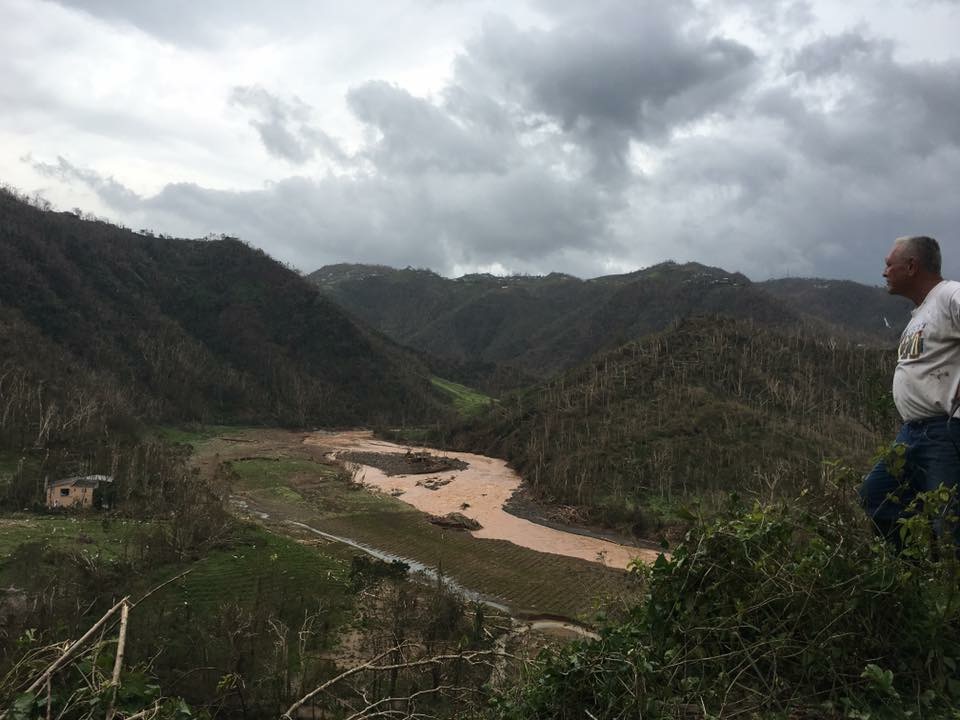
Manolo (Angel) Adrovet contemplating what Hurricane Maria caused to years of his work.
Puerto Rico’s blackout ranks as the second largest blackout worldwide on record. Vox.com notes that power might not be fully restored to all of Puerto Rico until the end of May, according to the US Army Corps of Engineers.
As of February, Florida counted more than eleven thousand new Puerto Rican enrollments in their school system. Migrants who fled from the island have moved to every state in the US, with Florida leading by a longshot since it is geographically the closest to the island. Orlando continues to be the top metro area for fleeing Puerto Ricans.
President Trump has been criticized for his reaction to the disaster in Puerto Rico compared to the aid he authorized after Hurricane Irma’s damage in Texas and Florida.
The Trump administration was slow to suspend the Jones Act, saying that doing so wouldn’t have addressed problems due to Puerto Rico’s damaged ports, a major shipping impediment. The Jones Act requires that only U.S flagged vessels carry goods to Puerto Rico, costing some of the island’s prices to be as much as 40 percent higher than on the mainland. Trump, commenting on the Puerto Rico situation, said that delivering needed supplies is a “most difficult job since it is an island.”
As if Puerto Rico has not suffered enough, a tree falling on a main power line on April 12 cut electricity to 900,000 homes once again. April 18, a fault on a transmission line between two power plants caused a total blackout, the first since Hurricane Maria.
Outsiders, however, would never know about the continuing struggles the island is facing thanks to cities such as San Juan which are thriving with tourism. Over Easter, casino and restaurant patrons spent twice as much compared to any Easter weekend over the last five years. According to CNN, San Juan boasts 15 casinos, 4,000 restaurants, and at least 120 hotels up and running. A number of hotels enjoyed 100 percent occupancy Easter weekend, beginning March 30.
Another boost to the economy came from the Cleveland Indians games on April 17 and 18. They played a two-game series against the Minnesota Twins. Shortstop Francisco Lindor, a Puerto Rico native, hit a homerun, causing fans in- and outside the stadium to erupt in a burst of excitement. Lindor proclaimed in response to his homerun, “This is where I grew up, these are my people, this is extremely special.”
Senior Kristin Marsinek, whose aunt’s family lives in Morovis, Puerto Rico, said, “It’s been really hard to watch my aunt take this all in. She can’t be in Puerto Rico with her family, so it hurts her to know that they need help and she can’t be there.” The family is one of thousands still left without power.

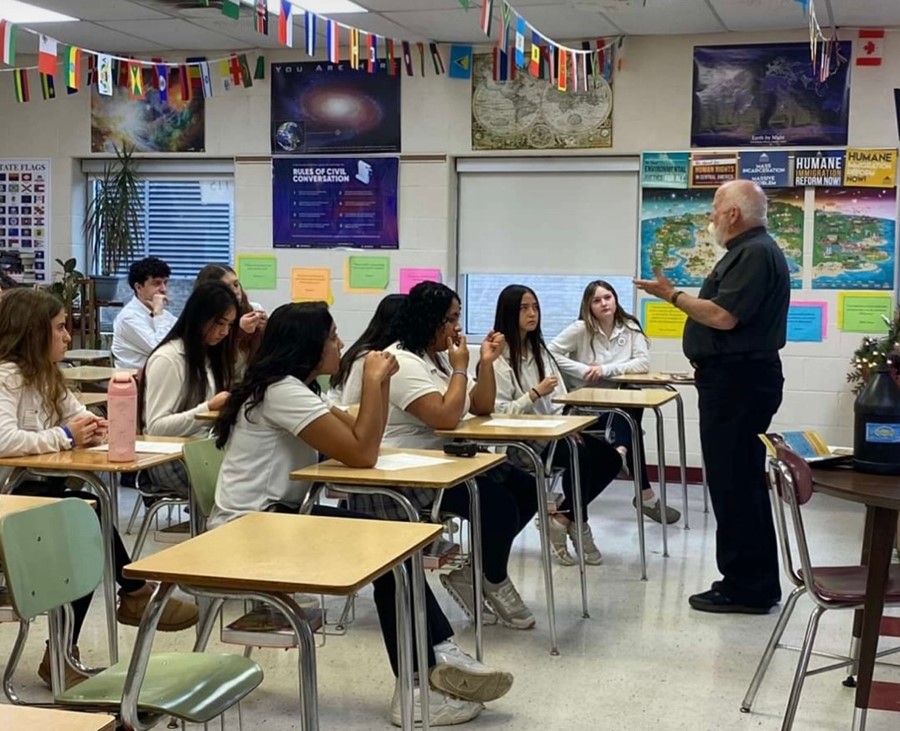

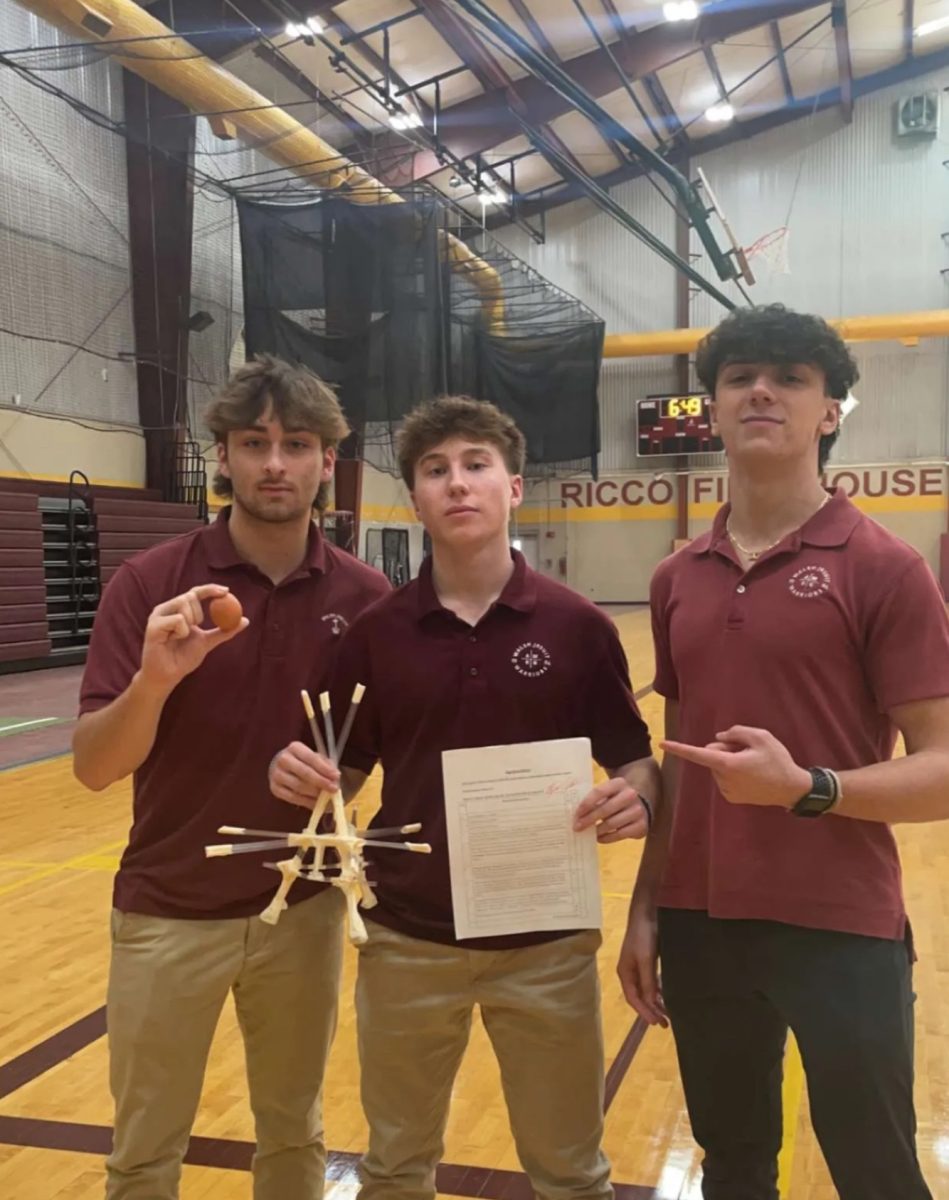
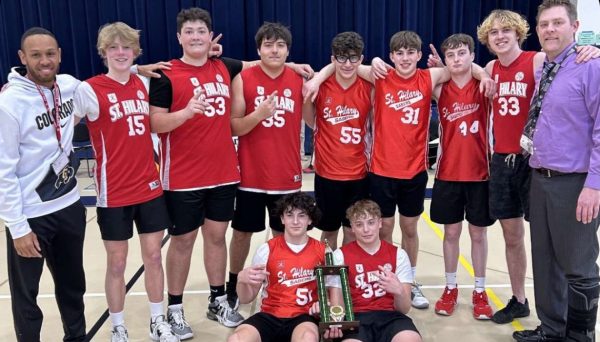

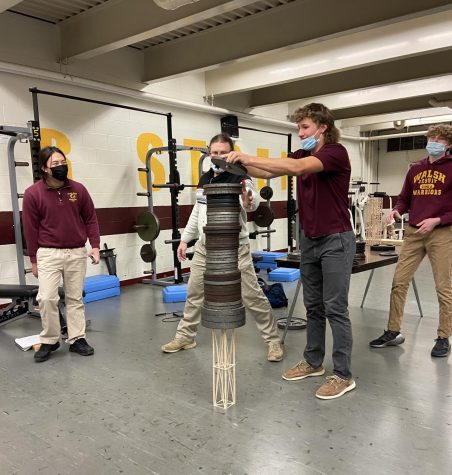
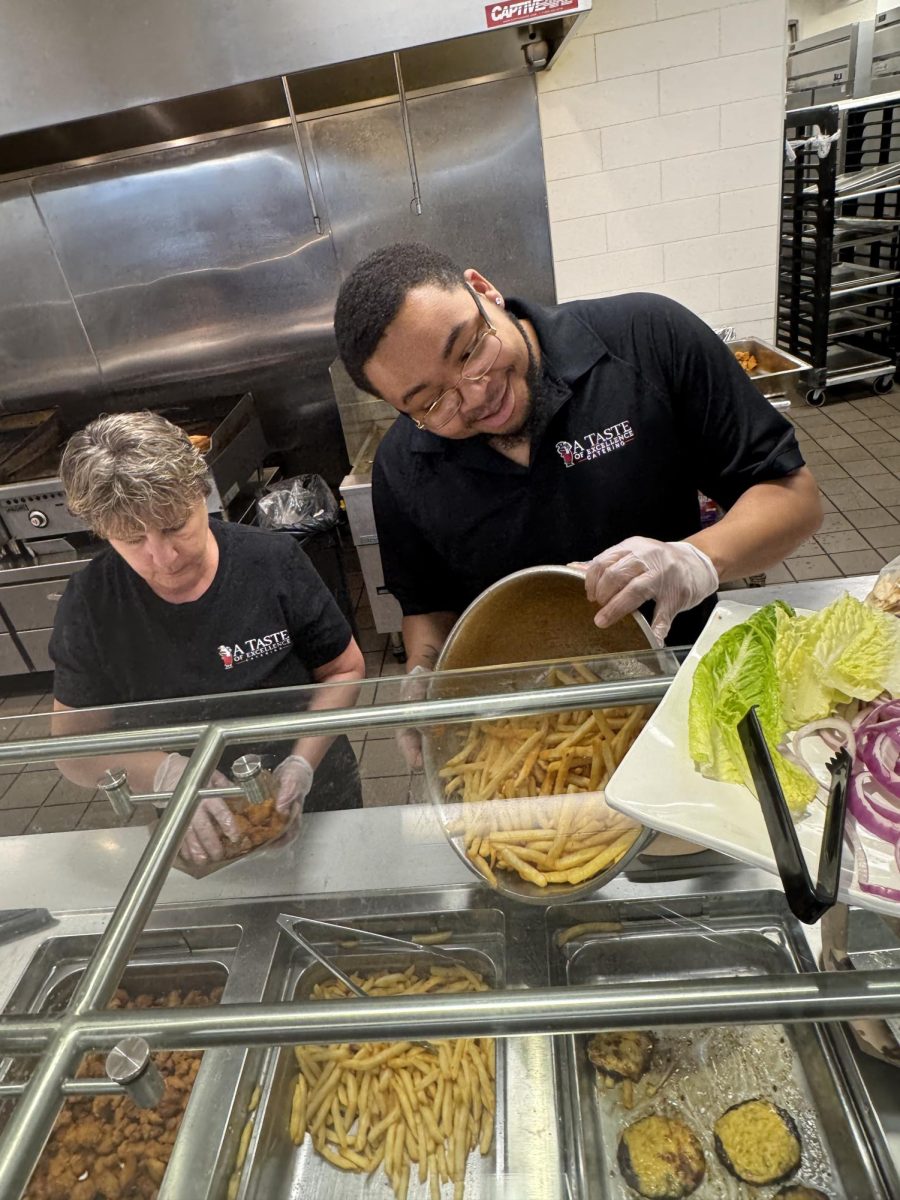



Jami B • Apr 26, 2018 at 8:21 pm
Thank you for this thoughtful article and for keeping Puerto Rico on peoples’ minds. People here are struggling still.
If you would like to support our efforts in getting water filters and solar lights to Puerto Ricans affected by the hurricanes and blackouts, please visit Together Puerto Rico – https://www.togetherpuertorico.com/
https://www.gofundme.com/togetherpuertorico
Thank you!